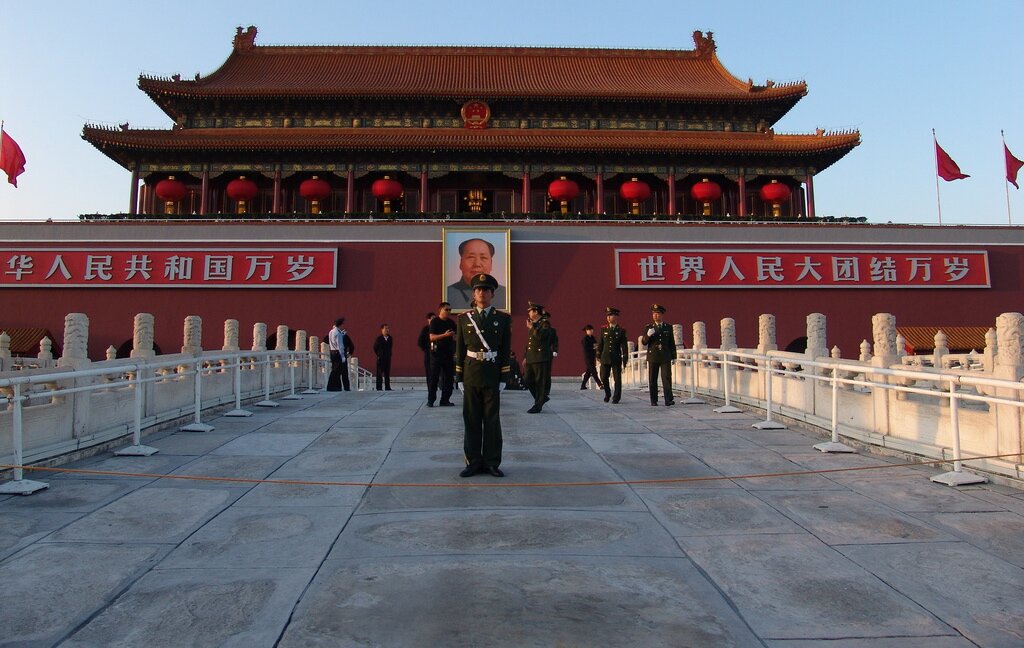China takes pride for historic landmark, the Forbidden City
By Eric Biegon in Beijing, China
Almost all nations of the earth claim rich history. But of them all, China prides itself as the one with unparalleled past. And it’s hard to see why she is not justified to make such an assertion. I must admit this from the onset if my experience is anything to go by.
Most countries have a lot to tell about their concealed olden times. But China comes out seemingly as one with the most decorated history.
This past, according to many, informs the current state the present day China finds itself in among the community of nations. Its politics and social life in particular are informed by this past. And this is why Chinese political system remains unique all around the globe.
Indeed, the story of China is incomplete without its Forbidden City. This was the most significant symbol to the ancient Chinese government. The square sits at an approximated 200 acres of land at the heart of China’s capital and seat of power Beijing.
To put it into context, this land acreage is enough to build 100 football pitches.
Even though it was later baptized the Palace Museum, the name Forbidden City still remains legendary.
This forms part of the heritage that attracts the whole world to visit the Communist State. The world which now includes me given that after many years of reading its place in historical landmarks of the world, I finally got the opportunity to enter its gates. Through an expert and an historian, I got to know the Forbidden City for what it is.
To this day, no one can lay claim to knowing everything about the Forbidden City. The place is shrouded in mystery.
What is no longer a secret though, is the fact that the square housed 9,999 rooms, one shy of 10,000, making it the largest palace complex in the world. All build for one man. An emperor who had unqualified control over his people. A man who was entitled to 72 concubines apart from his wife, The Empress. Records indicate that 24 emperors lived here.
It is the greatest architectural work of art, yet the people who designed it remain anonymous to this day.
Even though the emperors called it their home, the Chinese disclose that the palace was the one of most revered places on earth. Everything about it inspired fear among the people. A trespass into the palace was a clear highway to death. This is why they called it Forbidden City.
A city that was built by over 1 million convicts and laborers for 14 years. All emperors who lived here were regarded as supreme beings. They were more than rulers. They were the sons of god.
Yet this architectural masterpiece was almost swept off the face of the earth during China’s most turbulent times.
In the beginning of the 20th century a tidal wave of revolution was sweeping through imperial China. The dynasty was brought down and the emperor was expelled from this abode.
A brief period of calm set in and the fugitive emperor made attempts to regain his throne at the square.
To prevent this attempt, the government of the day renamed it Palace Museum. Its gates were opened to ordinary folks who previously only stared at gold colored roofs. It was no longer the Forbidden City.
Ever since then successive Chinese governments have made it a priority to preserve this heritage. Millions of US dollars have been expended in a bid to preserve this glorious monument. It has since been declared one of UNESCO’s world heritage sites.
Close to 15 million tourists visit this museum every year. Hundreds of thousands of artifacts carted away during the period of instability are jetting back to their former habitat one by one. Yet this is only a fraction of what I learnt about it.
,





